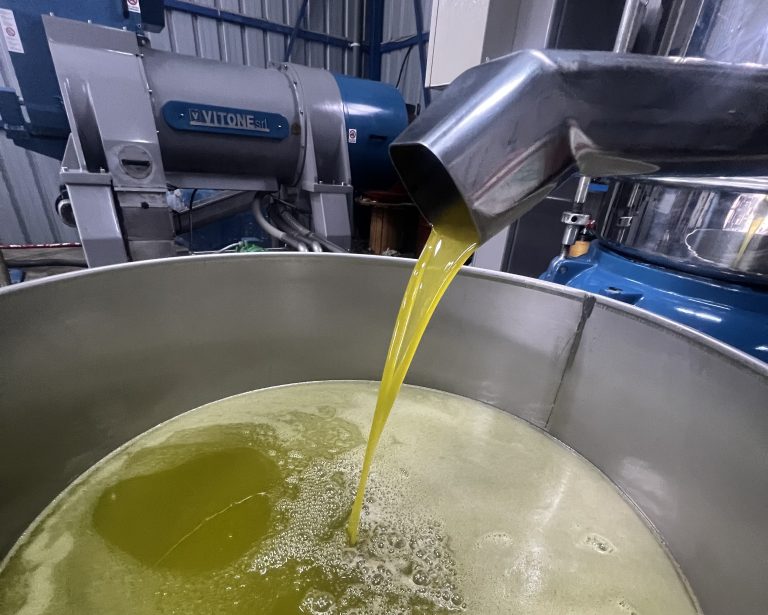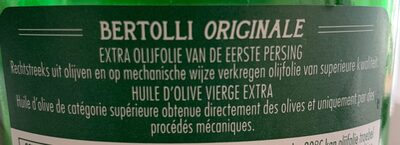
Albanian Pastiçe: Easy baked pasta recipe
Discover Albanian pastiçe: bucatini with feta and eggs baked into a golden pie—simple, nourishing and perfect for hectic days.
Semingly everywhere in the media you read negative reports that the olive harvest in Europe and North Africa is disappointing due to the summer being too hot with too little precipitation. At the same time, the consumption of olive oil is increasing and everyone can understand the consequence of both conditions: the price of olive oil will rise again.

However, there is one exception to that trend: Albania.
During the 2022-2023 harvest year, Albania produced more than four times as much olive oil than the previous year. Exports to (mainly) Italy grew from just 326 tons to 1,258 tons in the first four months of 2023. It is estimated that around 10.7 million productive olive trees have now been planted in Albania, an increase of up to 30 percent compared to the previous decade.
The year 2023 is therefore a special year, and data shows that in 2022 the import of Albanian olives and olive oil into the European Community amounted to around €14 million, an increase of 17 percent compared to the year before. That meagre amount accounts for almost 10 percent of Albanian total agricultural exports.
This overproduction also has some negative consequences. Due to the lack of good and reliable export channels, farmers are almost forced to sell their olive oil at rock bottom prices. As a result, the Albanian economy is not really helped by the abundance of olive oil. In fact, according to local media, most of Albania’s exports are shipped in bulk to Italy at a loss-making price of €3.60 per liter, where it is bottled and sold with the words ‘Bottled in Italy’ or without even mentioning the origin of the olives.

Moreover, since this Italian olive oil is produced on an industrial scale, it means that, like coffee, tea or French wine, it must have a taste profile that is acceptable to the largest number of users. That flat and neutral taste is obtained by mixing olive oil from various countries and even vintage years.
Is that still ‘extra virgin olive oil’, people rightly wonder. The answer is that it is still at the very bottom of the agreements with an acidity of just over two percent. Below that point, the olive oil must be called ‘virgin olive oil’, which is supposed to be much cheaper.
Here, the price of extra virgin olive oil will undoubtedly increase. Because Albanian production was so excessive, the price increase for this olive oil remains within limits. However, those importers also have to deal with higher transport costs, energy costs, and salaries.
Buy your Albanian Aljeta extra virgin olive oil here

Discover Albanian pastiçe: bucatini with feta and eggs baked into a golden pie—simple, nourishing and perfect for hectic days.

The flag of Albania is more than just red and black. This article explores the deeper meaning behind its national symbols – from the double-headed eagle to the traditional ‘Shqiponja’ hand gesture, the unique Albanian language, and the country’s rich cultural heritage. A story of pride, identity, and history captured in one powerful symbol.

This homemade chili oil with Extra Virgin olive oil is a flavor bomb that’s also great for your health. Easy to make and incredibly versatile.

Albania is home to thousands of medicinal plants. Discover how traditional herbal wisdom not only impacts lives, but also shapes a unique export industry.

Despite an increase in risk factors such as an unhealthy diet and less physical activity, cardiovascular mortality in Spain remains surprisingly low. What explains this mysterious ‘Spanish Paradox’? Discover how a key element of the Mediterranean diet plays a crucial role.

The Albanian olive harvest is severely impacted by a labor shortage, leading to a significant decline in olive oil production and exports. In the first nine months of 2024, exports dropped by 60% compared to the same period in 2023. This not only poses challenges for the domestic market but also hinders Albania’s position as an emerging olive oil producer.